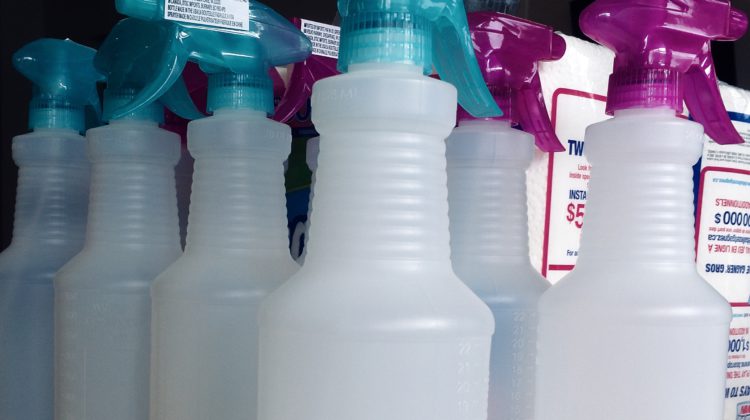National Poison Prevention Week begins on Sunday.
In addition to cleaning products that over the years have been responsible for accidental poisonings of children, some new products that can be found around the house are becoming threats.
Cannabis edibles can look like cookies, brownies, or gummy candies and a young child may unknowingly consume a large amount.
Other new culprits include liquid nicotine refills for e-cigarettes; some come in flavours that are attractive to children, and colourful, transparent laundry detergent pods that may look like candies or toys to children.
People are reminded to store household items containing dangerous chemicals or substances out of the reach of children and ensure the phone number for the local poison centre is in a place that’s easy to find.
It’s recommended the number be stored in a cellphone or displayed in a visible location, such as on the fridge.
A survey has found only 40 per cent of Canadian parents are aware of local poison centres, that can advise parents quickly on what action is needed if a child swallows or is exposed to a potentially poisonous liquid or powder.
The COVID-19 pandemic has increased hand-washing, cleaning and disinfecting, and Dr. Margaret Thompson, President of the Canadian Association of Poison Control Centres, says calls about “hand sanitizers, bleaches and disinfectants grew significantly in 2020″ to poison centres.
Dr. Thompson suggests reading the labels on such products and don’t mix together cleaning products that might produce chemical reactions that produce dangerous gases.
Pamela Fuselli, President and CEO for Parachute, a national charity dedicated to injury prevention, says “each year, more than 4,000 people in Canada lose their lives and more than 20,000 are hospitalized due to poisoning.”
National Poison Prevention Week is held every year during the third week of March.




